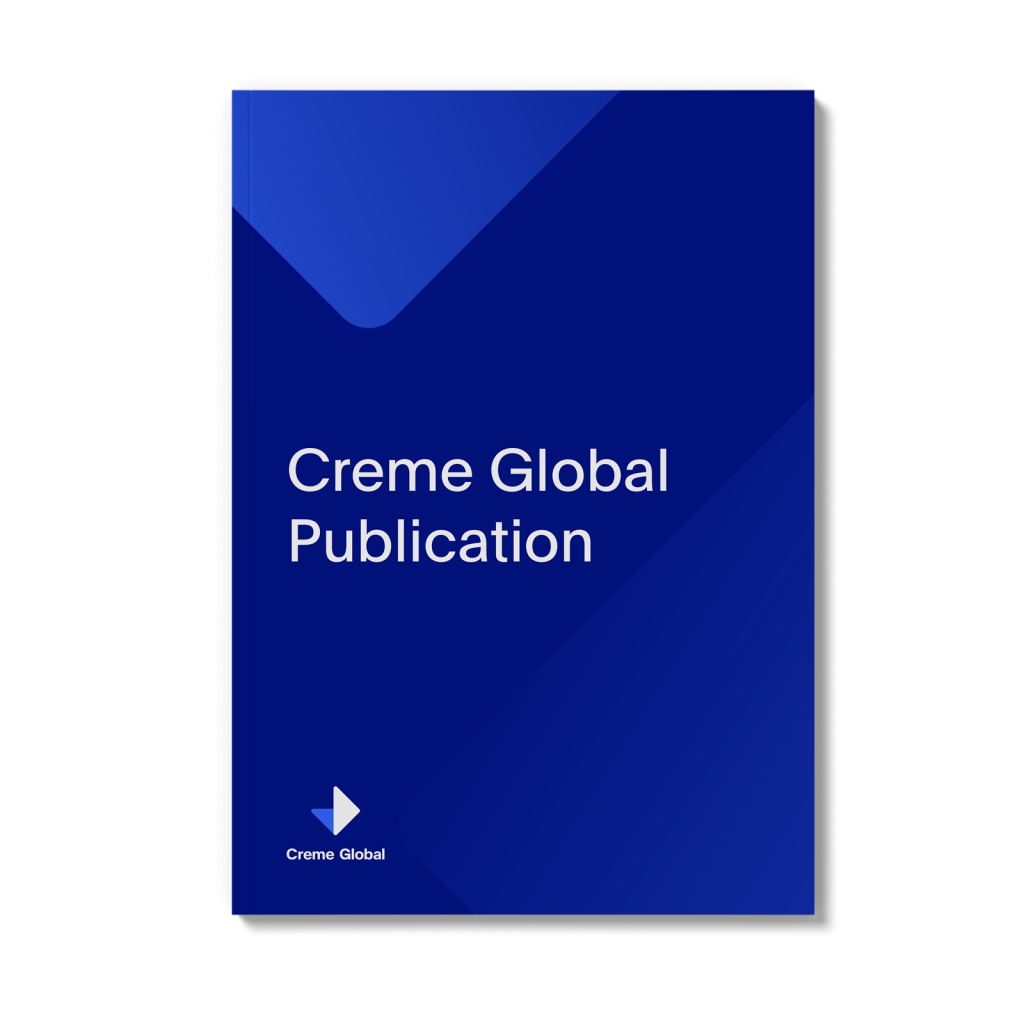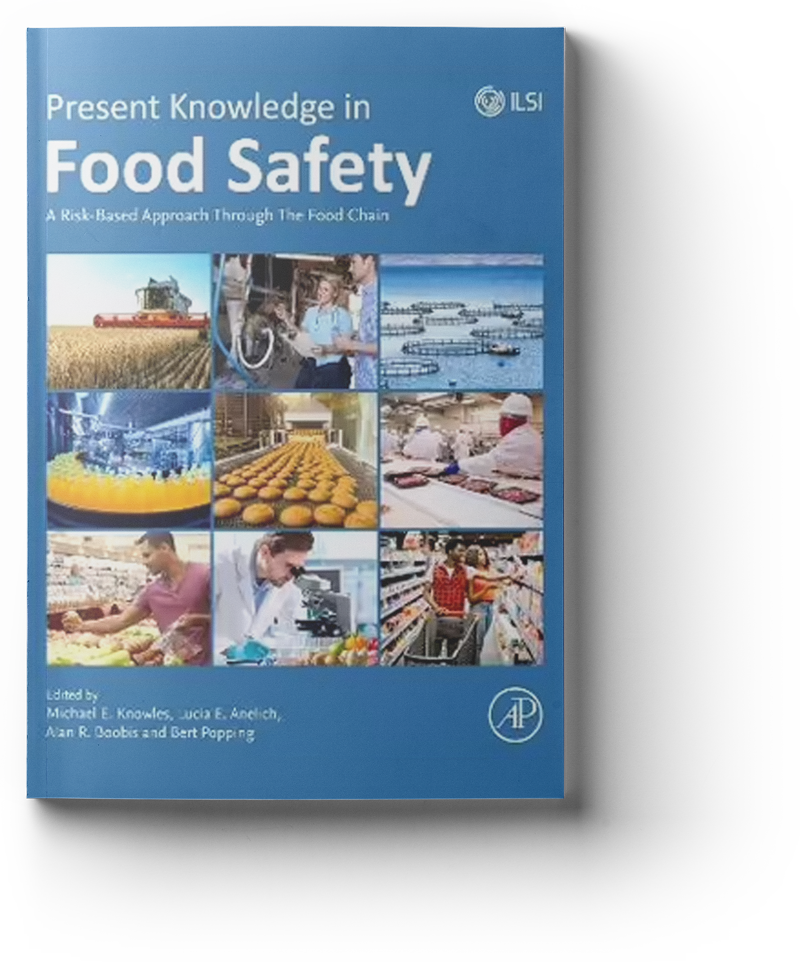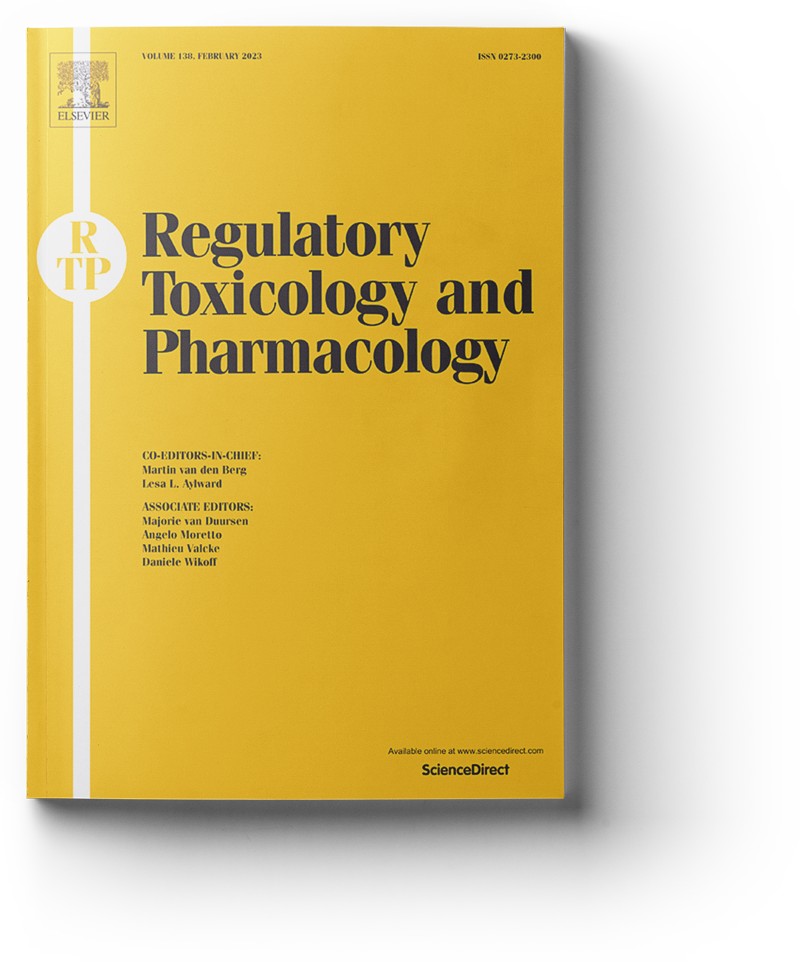In order to accurately assess aggregate exposure to a fragrance material in consumers, data are needed on consumer habits and practices, as well as the concentration of the fragrance material in those products. The present study describes the development of Phase 2 Creme RIFM model by expanding the previously…
Authors: Comiskey, Api, Barrett, Ellis, McNamara, O’Mahony, Robison, Rose, Safford, Smith, Tozer
Publication date: 27/05/2017


